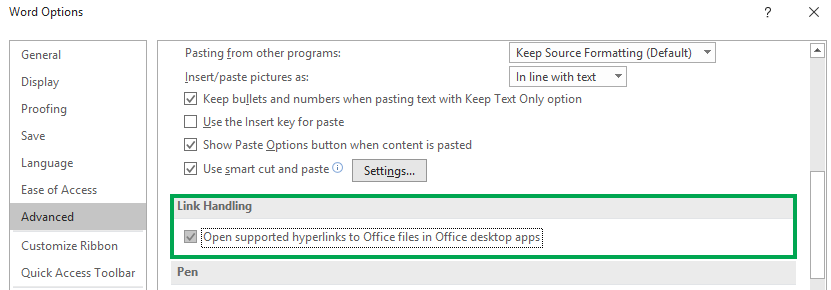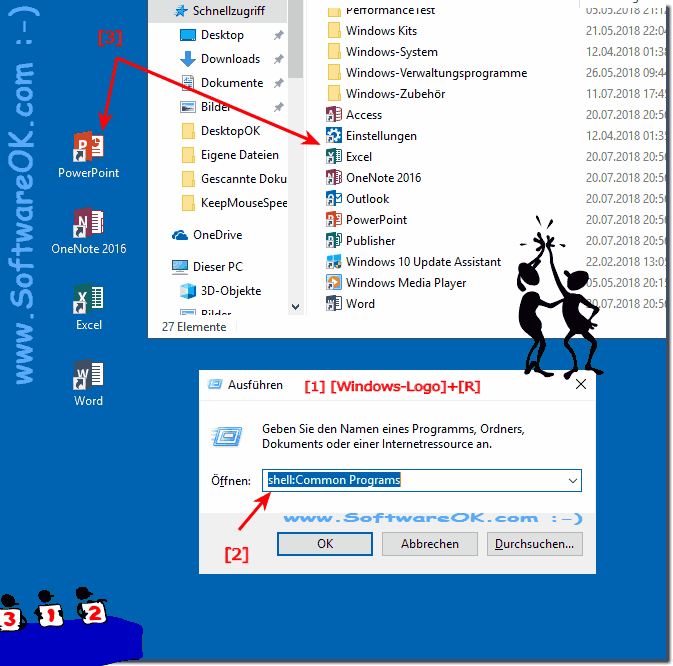

Go to the personal user folder (c/users/username)ġ4. In the Windows, paste the url of document Library, then press the "right narrow" iconġ2. Copy the url of document Library (from "Open With Explorer"), (the doclib what you add to the "shortcut")Ĩ. Click Yes to validate the location of the Shortcut folders into personal folder (c:\users\username)Ĥ. Add the shortcut document Library by clicking "Connect to Office"ģ. HKEY_CURRENT_USER\Software\AppDataLow\Microsoft\Office\15.0\Common\PortalĢ. If SharePoint Sites folder doesn't exists under c:\users\username, do the following steps"

Please navigate to c:\users\username, you can check is there SharePoint Sites folder, if it exists, you can create a shortcut and add it under favorites: You’ll only have to do this once, if you have to do it at all.According to your description, after Connect to Office, The shortcut to library is not showing up under SharePoint Sites and the "SharePoint Sites" folder is not created. While this feature is live worldwide today, you may have to quit and restart Microsoft Teams to use it (I did). Here’s what a sample tab looks like with the DevTools open and an element selected:Īnd here’s what the DevTools window looks like for this tab: On MacOS, you open DevTools by clicking on the Microsoft Teams icon in the Dock:

On Windows, you open DevTools via the Microsoft Teams icon in the desktop tray: To use it, first open up a tab (it also works with the bot signin action) so you have something to inspect with the DevTools. (If you don’t see “Developer Preview” on the About menu, it’s because you must have Allow sideloading of external apps enabled for the Office 365 tenant you are using, as described here.) Teams will restart in Developer Preview mode, and there will be a new command available. The feature is only available in the Developer Preview version of Microsoft Teams, which you access by clicking on your profile picture, then clicking on About > Developer Preview. There’s been an undocumented way to get to them since the earliest versions of the desktop client, but we’ve never exposed an official way…until today. Sometimes the only way to figure out what’s going on is to use the DevTools. While apps running in the web version of Teams and the desktop version of teams are almost exactly the same, there are some differences, particularly with respect to authentication. Many developers have asked us, “how can I get to the browser DevTools for my Microsoft Teams app when it’s running in the desktop client?” After all, when Teams is running in a browser, it’s easy: F12 (on Windows) or Command-Option-I (on MacOS).


 0 kommentar(er)
0 kommentar(er)
